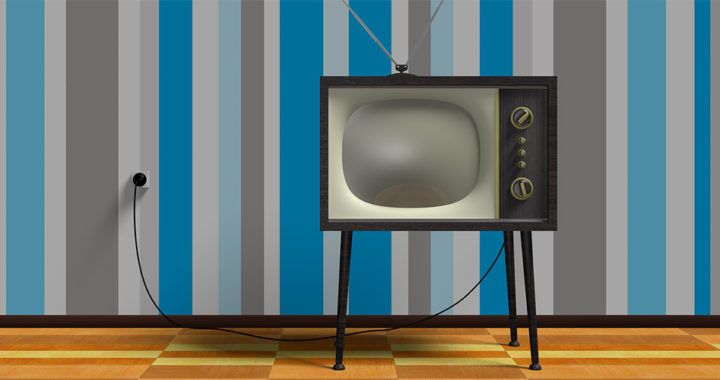CRT monitors are display monitors or output devices based on cathode-ray tubes or CRT. Take note that a CRT is a vacuum tube containing electron guns that modulate, accelerate, and deflect electron beams onto a phosphorescent screen to create images.
For several decades, CRT became the primary display technology since the introduction of the first commercially made CRT television in Germany in 1934. However, flat-screen display technologies such as twisted nematic or TN, plasma display panel technology, and in-plane switching or IPS started displacing CRT monitors in the early 2000s.
Note that there are still televisions sets and monitors based on CRT technology available in the market. However, the market is primarily contested by more affordable and efficient IPS LCD and organic light-emitting diode or OLED display technologies.
The Cons: Disadvantages of CRT Monitors
1. Heavy and Cumbersome
One of the notable disadvantages of CRT monitors and televisions sets is size. When compared against flat-panel displays based on LCD and OLED, these devices consume significant amounts of floor space. CRT display technology is also dependent on size. Bigger and wider screens require bigger tubes.
The large configuration of a CRT monitor makes it unappealing to rooms or spaces with limited floor areas. Transportation and mobility are also an issue because they are heavier than flat-panel displays. It is essentially impractical to manufacture and market CRTs larger than 40 inches.
2. Poor Image Quality
Another drawback of CRT is that it displays images with fewer pixel densities when compared to modern display technologies. In other words, when compared to a plasma display or a high-density IPS LCD, images produced by a CRT monitor are less sharp. CRT display technology does not support high definition videos.
Furthermore, when compared to plasma displays and OLED displays, CRT monitors do not produce deep blacks, thus resulting in a limited viewing angle. Bigger CRTs also suffer from uneven color production due to the limitation of electron beams in covering wider screens. Some variants normally suffer from flickers.
3. Costly and Energy Inefficient
CRT monitors are now more affordable than most flat-panel displays for the simplest reason that they are now obsolete. However, they used to be more expensive than LCDs because of their high manufacturing cost. This is the reason why advances in LCD manufacturing beginning in the 2000s had lead to the demise of CRTs.
Another disadvantage of CRT monitors is that they consume a larger amount of power than LCD and OLED displays. For comparison, a 32-inch LED TV consumes about 18 watts of energy while a similarly sized CRT TV consumes 125 watts. 40-inch LED TV consumes about 31 watts while a 42-inch CRT TV consumes 210 watts.
4. Safety and Environmental Concerns
Remember that a CRT is a vacuum tube. There is a high vacuum inside the tube to allow electron beams to fly freely without colliding into molecules of air or gasses. Damage to the glass or any surface of a CRT can collapse the tube into numerous fragments that can result in implosion. The CRT and some associated capacitor can also retain an electric charge even after the power supply is turned off, thus translating to the possibility of electric shock.
CRT monitors are also considered one of the hardest consumer electronic products to recycle and dispose of properly. They contain high concentrations of lead and phosphors. Even the United States Environmental Protection Agency has considered discarded CRTs as hazardous household waste. The agency ruled that CRTs must be brought to special electronic waste recycling facilities.
